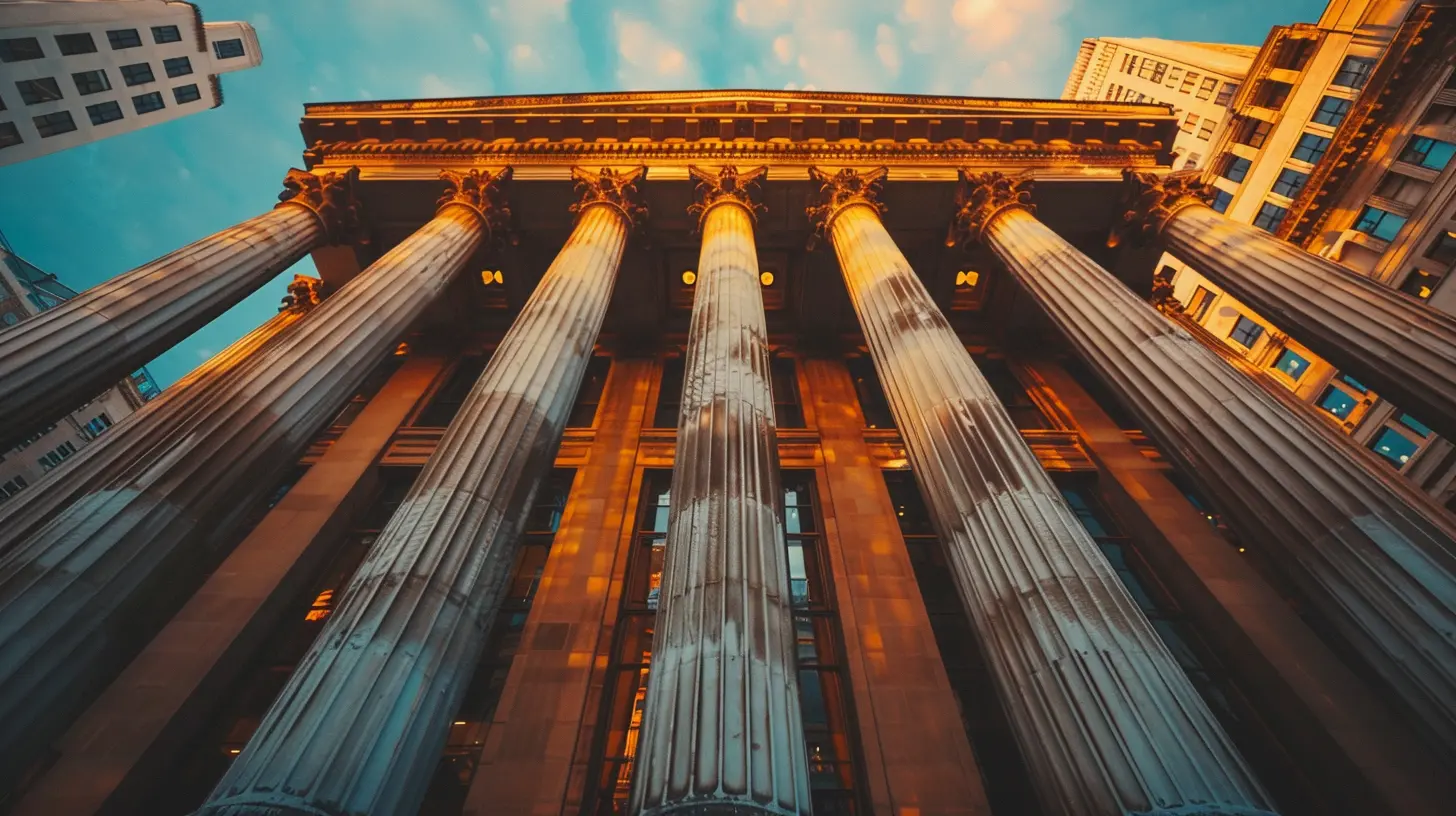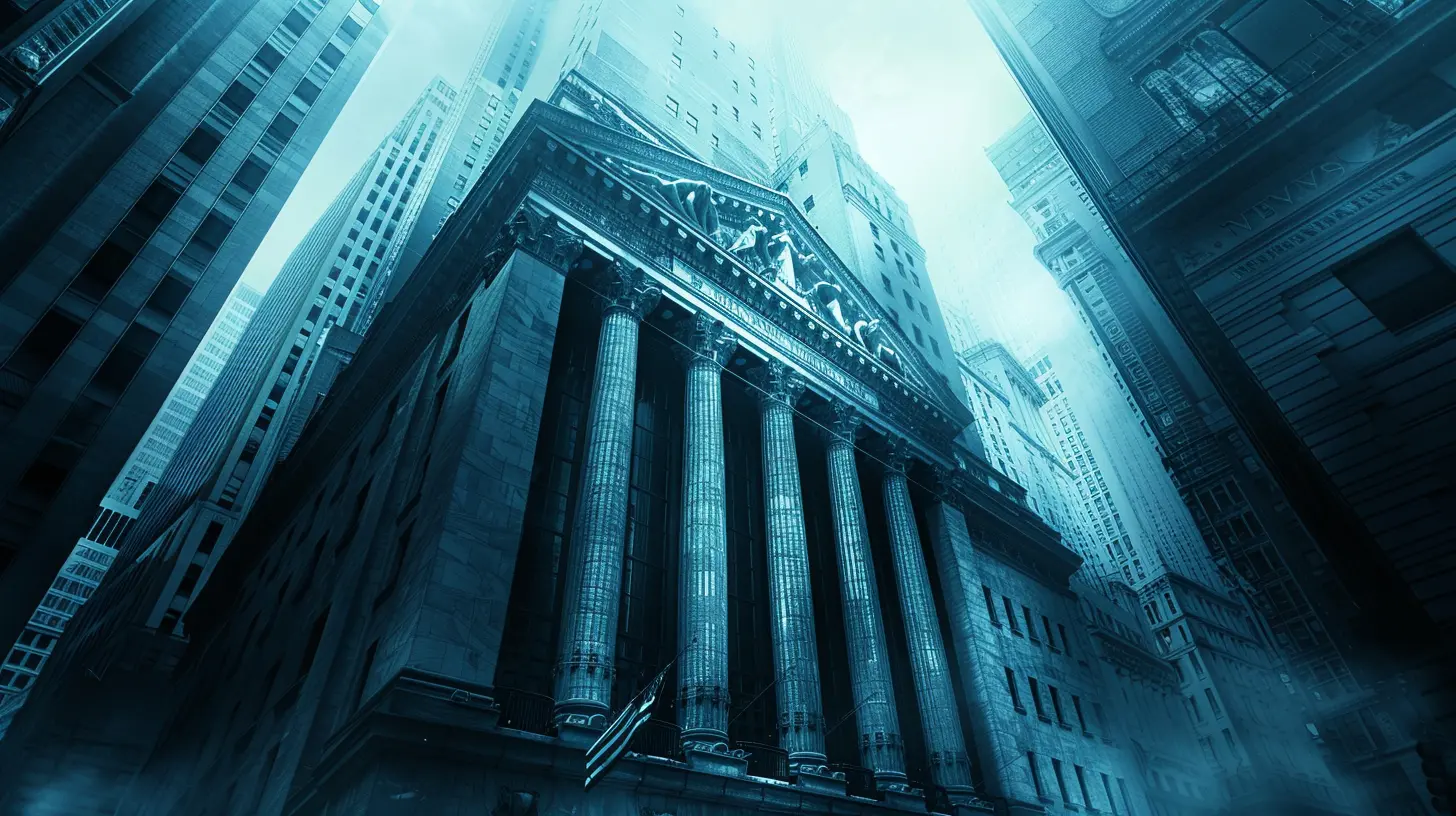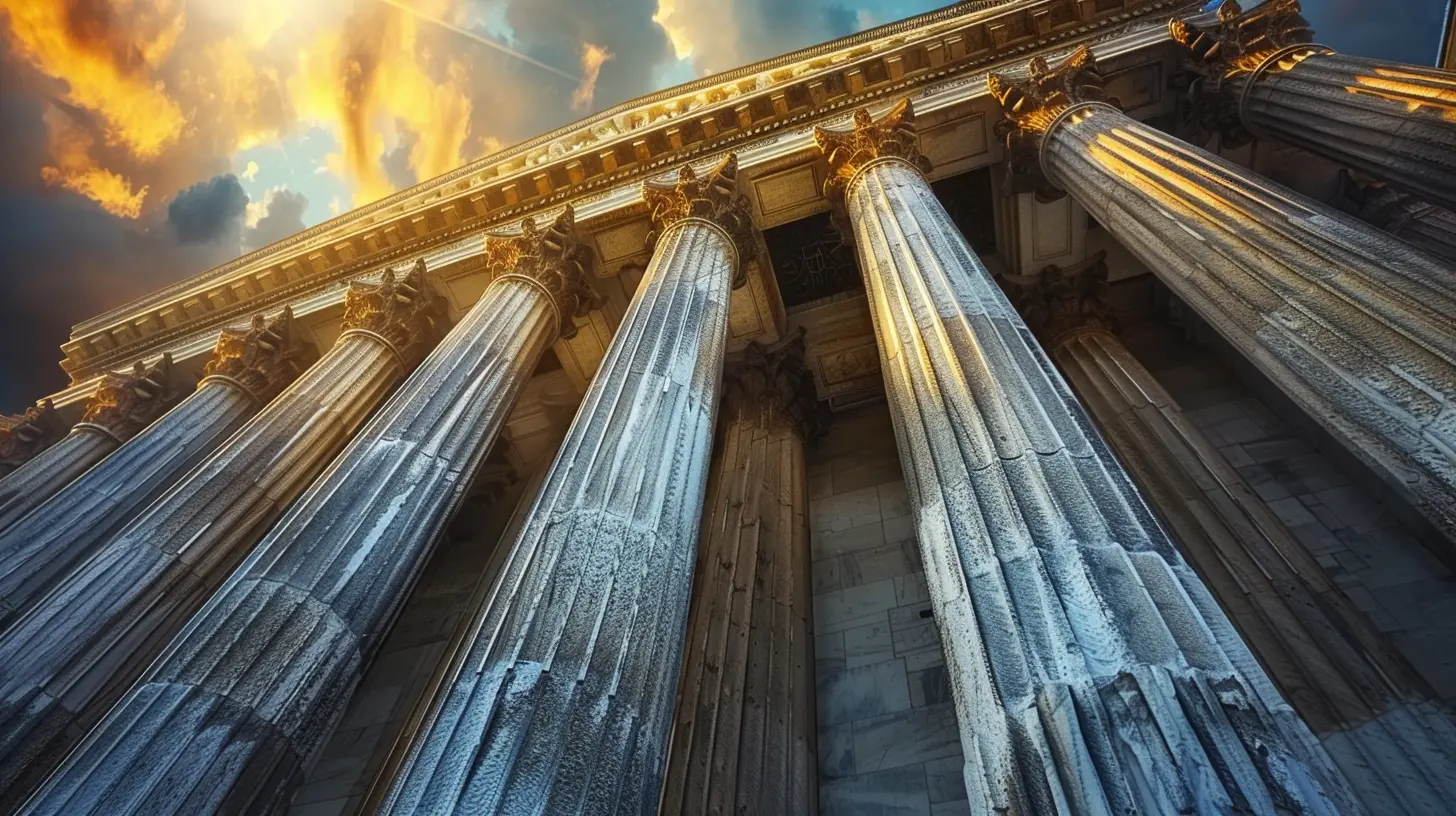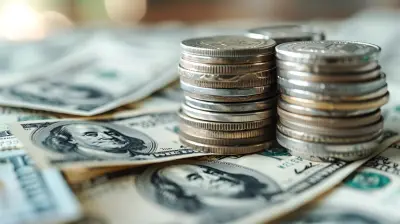The Role of Interest Rates in Controlling Economic Booms and Busts
30 July 2025
Ever wondered why borrowing money gets easier in some years and painfully expensive in others? Well, it all comes down to one thing—interest rates. These seemingly small percentage points play a massive role in shaping the economy.
Whether you're taking out a mortgage, applying for a business loan, or simply using a credit card, interest rates impact your financial health. But beyond individual budgets, they also dictate the rise and fall of entire economies.
So, how exactly do interest rates control economic booms and busts? Let’s break it down in a way that makes sense.

Understanding Interest Rates
Before diving into their effects, let’s clarify what interest rates actually are. Simply put, an interest rate is the cost of borrowing money, expressed as a percentage. When banks lend you money, they charge interest to compensate for the risk they’re taking.But here’s the kicker—interest rates aren’t just set randomly. Central banks, like the Federal Reserve in the U.S., adjust them based on economic conditions. They use interest rates as a powerful tool to stimulate growth or slow things down when necessary.
Now, let’s discuss how these rate adjustments keep economies from overheating or crashing.

Interest Rates and Economic Booms
Picture this: The economy is thriving. Businesses are making money, jobs are plentiful, and consumer confidence is through the roof. In times like these, central banks often worry about inflation—when prices rise too fast, reducing purchasing power.How Low Interest Rates Fuel Booms
When interest rates are low, borrowing is cheap. Businesses take out loans to expand, individuals finance homes and cars, and credit card debt skyrockets. The result? More spending and investment, which boosts overall economic activity.But here’s the catch—when money is too easy to borrow, people overextend themselves. Companies might make risky investments, and consumers pile up debt, assuming the good times will last forever. This is where central banks step in.
Raising Rates to Cool Down the Economy
To prevent the economy from overheating, central banks raise interest rates. This makes borrowing more expensive, discouraging excessive spending. As loans become pricier, businesses think twice before expanding, and consumers tighten their belts.Raising rates helps control inflation while ensuring the economy doesn’t spiral into a debt-fueled frenzy. But if rates rise too quickly or too high, they can trigger the opposite problem—a recession.

Interest Rates and Economic Busts
Every boom eventually comes to an end. When the economy starts slowing down, businesses struggle, layoffs increase, and consumer spending drops. This is what economists call a bust or a recession.How High Interest Rates Can Lead to a Downturn
If borrowing costs are too high for too long, fewer businesses take out loans, and consumer demand weakens. This reduced spending leads to lower profits, forcing companies to cut jobs. With rising unemployment, people have even less money to spend—creating a downward spiral.Lowering Rates to Stimulate Growth
To prevent a full-blown economic collapse, central banks cut interest rates. Cheaper loans encourage businesses to invest again and consumers to spend more. This injects life back into the economy, helping it recover from a slump.Think of it like jump-starting a car—the lower interest rates act as a boost, giving people the confidence to borrow, invest, and grow.

Striking the Right Balance
Here’s the tricky part: Central banks don’t have a magic formula to get things exactly right. If they raise rates too soon, they risk stalling economic growth. If they keep them low for too long, inflation can spiral out of control.The goal is to find a balance—moderating growth without killing momentum and slowing inflation without causing a recession.
Real-World Examples of Interest Rate Impact
The 2008 Financial Crisis
Before the 2008 financial crisis, interest rates in the U.S. were historically low. Easy access to credit led to a massive housing bubble. When rates eventually increased, borrowers struggled to make payments, causing defaults and triggering a global financial meltdown.The COVID-19 Pandemic Response
During the COVID-19 pandemic, economies worldwide faced a sharp decline. To counteract the downturn, central banks cut interest rates to near-zero levels, making borrowing cheap. This move helped businesses survive, stabilized employment, and fueled a rapid recovery.However, as inflation surged in 2022-2023, central banks had to increase rates again to cool things down, illustrating how delicate this balancing act is.
How Interest Rates Affect You
Whether you're a business owner, a homeowner, or simply someone managing daily expenses, interest rates affect your bottom line.- Lower interest rates = Cheaper loans, easier access to credit, higher spending.
- Higher interest rates = Expensive borrowing, reduced spending, controlled inflation.
Understanding these cycles helps you make smarter financial decisions—whether it’s locking in a mortgage rate, deciding on a loan, or choosing investment opportunities.
Final Thoughts
Interest rates might seem like just another financial term, but in reality, they control the pulse of the economy. They have the power to ignite growth, tame inflation, and prevent severe downturns.So next time you hear about the Federal Reserve raising or lowering rates, don’t just shrug it off. These decisions impact everything from your mortgage payment to the job market, shaping the economy in ways you might not immediately notice.
In the grand game of economic booms and busts, interest rates are the invisible hand steering the ship—sometimes speeding up, sometimes slowing down, but always working to keep the economy on course.
all images in this post were generated using AI tools
Category:
Interest RatesAuthor:

Yasmin McGee
Discussion
rate this article
1 comments
Aurelia McNeely
Great insights on the pivotal role interest rates play in shaping economic cycles! Your analysis highlights the delicate balance between stimulating growth and curbing inflation. It would be interesting to explore how global events might further influence these dynamics in the coming years. Thank you for sharing!
August 20, 2025 at 2:54 AM


